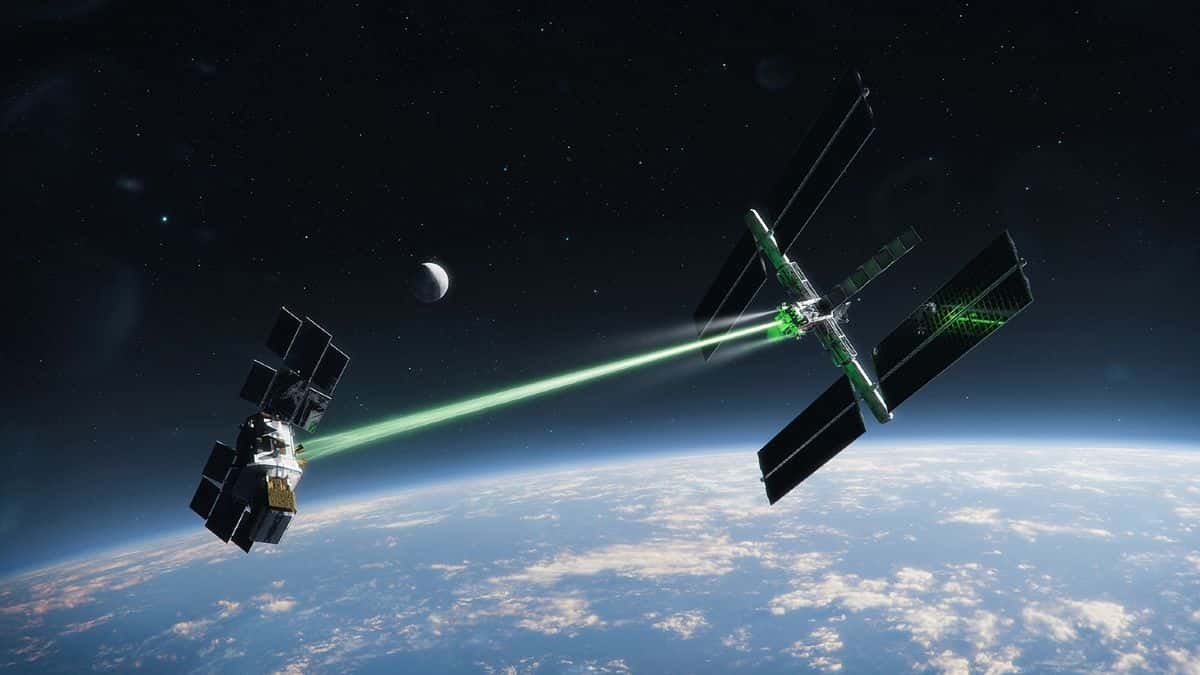Researchers at the University of Colorado Boulder are developing this groundbreaking technology to address the escalating issue of hazardous space junk problem in Earth’s orbit.

The space junk problem, a growing concern in the commercial space industry, could soon find a potential solution in the form of an electrostatic tractor beam
The exponential growth of satellites in Earth‘s orbit, driven by the thriving commercial space industry, has raised concerns about the accumulation of space junk problem that poses a threat to operational spacecraft and the environment. To combat this space junk problem, scientists are exploring the use of an electrostatic tractor beam to gently nudge defunct satellites out of Earth’s orbit, reducing the risk of collisions and the proliferation of space debris.
While this innovative concept won’t eliminate the space junk problem, it offers several advantages over other proposed removal methods such as harpoons, giant nets, and physical docking systems. The electrostatic tractor beam, once fully operational, could safely relocate dead satellites into a distant “graveyard orbit,” mitigating the risks associated with their presence in geostationary orbit (GEO).
The electrostatic tractor beam would work by equipping a servicer spacecraft with an electron gun that fires negatively charged electrons at a target satellite
The resulting electrostatic attraction between the two spacecraft would enable them to remain connected, allowing the servicer to pull the target out of orbit without direct contact. However, it’s important to note that the electrostatic tractor’s operation would be slow, potentially taking more than a month to move a single satellite out of GEO. Despite this limitation, its touchless approach and enhanced safety make it a promising option for space debris removal.
The primary challenges lie in securing funding and addressing the slow operation speed. Researchers estimate that the prototype could become operational within a decade if the necessary financial support is obtained. Experts are optimistic about the technology’s potential, emphasizing its safety and its contribution to solving the space junk problem. While it may take time to develop, the electrostatic tractor beam offers hope for a cleaner and safer orbital environment, aligning science fiction with reality in the ongoing quest to address the challenges posed by space debris.
READ ALSO: NASA Astronauts Continue Vital Research On International Space Station Expedition 67




